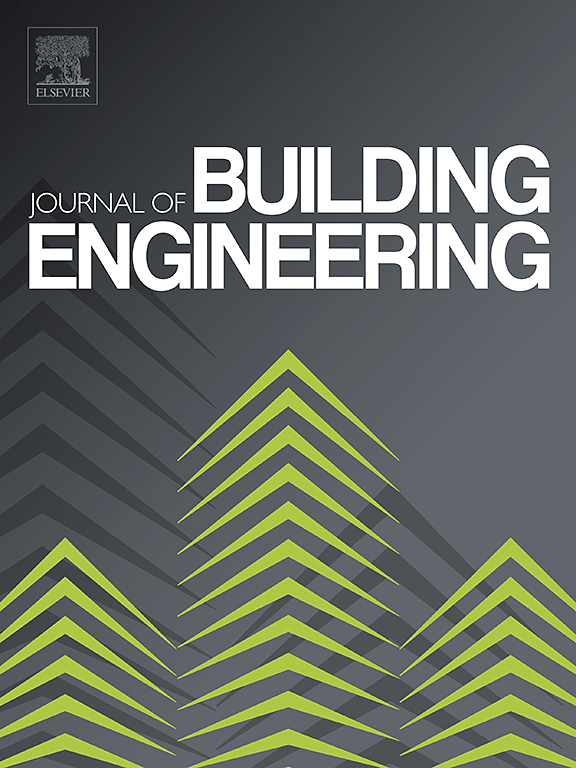Preparation and Comprehensive Performance Optimization of Green Insulation Building Materials Based on Blast Furnace Slag
IF 6.7
2区 工程技术
Q1 CONSTRUCTION & BUILDING TECHNOLOGY
引用次数: 0
Abstract
In this study, blast furnace slag (BFS) was employed to prepare insulation materials via alkali activation and foaming. The alkali activation mechanism and the effect of processing conditions on material properties were investigated using techniques such as FT-IR, XRD, SEM-EDS, TG-DSC, BET, and XPS. The results showed that: (1) The alkali activation process can be divided into four stages: dissolution, depolymerization, polymerization, and condensation. (2) The material exhibits a type IV adsorption-desorption isotherm, with mesopores uniformly distributed in the range of 50-500 μm; (3) Compared to unmodified and solely thermally treated samples, after modification with PP fibers (12 mm in length at 1.2 wt%) and calcination at 400 °C for 2 h, the compressive strength of the PP fiber-modified material reached 0.89 MPa-a 4.93-fold increase-while that of the biomass fiber-modified material reached 0.85 MPa, representing a 4.67-fold improvement; (4) Following waterproof treatment, the material exhibited an average contact angle of 125.15°, average volumetric water absorption of 8.2%, and thermal conductivity of 0.042 W/(m·K), which is 27.59% lower than that of the untreated material. The material meets the performance requirements in terms of thermal conductivity, compressive strength, density, high-temperature resistance, corrosion resistance, and freeze-thaw durability, demonstrating excellent environmental characteristics and offering a novel approach to sustainable development in the construction and steel industries as well as achieving the "Carbon Peaking and Carbon Neutrality " targets.

基于高炉矿渣的绿色保温建材的制备与综合性能优化
本文章由计算机程序翻译,如有差异,请以英文原文为准。
求助全文
约1分钟内获得全文
求助全文
来源期刊

Journal of building engineering
Engineering-Civil and Structural Engineering
CiteScore
10.00
自引率
12.50%
发文量
1901
审稿时长
35 days
期刊介绍:
The Journal of Building Engineering is an interdisciplinary journal that covers all aspects of science and technology concerned with the whole life cycle of the built environment; from the design phase through to construction, operation, performance, maintenance and its deterioration.
 求助内容:
求助内容: 应助结果提醒方式:
应助结果提醒方式:


